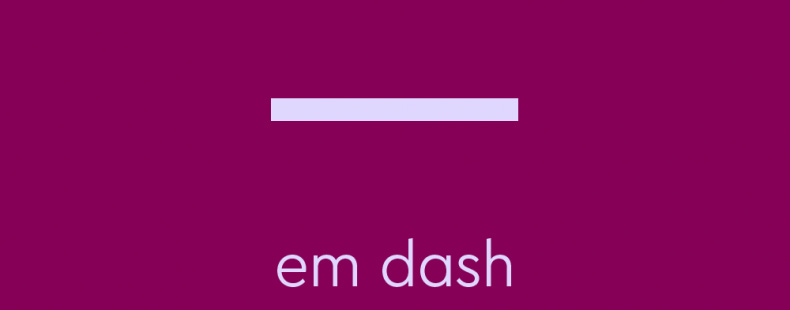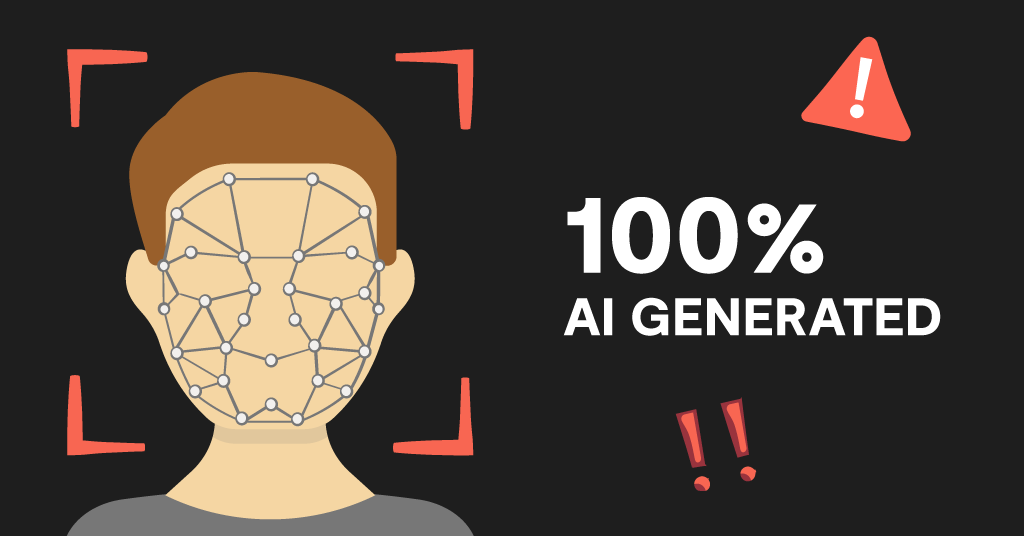What is an Em dash?
Learning to discern.
Disclaimer
I personally do not advocate any process or procedure contained in any of my Blogs. Information presented here is not intended to provide legal or lawful advice, nor medical advice, diagnosis, treatment, cure, or prevent any disease. Views expressed are for educational purposes only.
I surround, protect, purify and make harmless the following in-formation.
For your awareness
An em dash is a punctuation mark that can be used to replace commas, parentheses, colons, and semicolons. In general, the em dash is seen as being more interruptive or striking than other punctuation, so it is often used stylistically to draw a reader’s attention to a particular bit of information. The em dash resembles a horizontal line (—) longer than both a hyphen (-) and an en dash (–).
Content generators
By The Wise Wolf
Sept 12, 2025
Many authors rely on AI to write content for them. When you see the use of em dashes liberally in a publication chances are it is AI generated not researched and published by a human being.
When you see someone’s writing and it looks like this:
‘The proliferation of AI-generated text has created an interesting linguistic phenomenon —the overuse of em dashes has become something of a telltale signature. AI models seem inexplicably drawn to this particular punctuation mark — perhaps because it offers such versatility in connecting thoughts, adding emphasis, or creating dramatic pauses — and they deploy it with an enthusiasm that borders on the obsessive. What's particularly striking is how this over-reliance has become so recognizable that it's actually changing human writing behavior — people are now consciously avoiding em dashes to distance themselves from the perception of artificial authorship. It's almost ironic — a punctuation mark that was once considered sophisticated and literary has now become a red flag for automated content — forcing writers to reconsider their stylistic choices not based on clarity or flow, but on the fear of being mistaken for a machine. The em dash, once a tool of nuanced expression — capable of indicating sudden shifts in thought or adding parenthetical information with more drama than commas — has become a victim of its own AI-driven popularity.’
To make my point, the above was generated using AI. AI generated content uses the em dash symbol constantly ‘—’. Most human writers do not use this except in very formal circumstances and then only occasionally (unless you are writing for the New Yorker or academic white papers). 16:25 to 19:00 mins
https://substack.com/@thewisewolf/note/c-154902076
Em Dash Dilemma: How a Punctuation Mark Became AI’s Stubborn Signature
Brent Csutoras
Apr 29, 2025
Eventually, after hammering away at it in different models and forums, I got a straight answer, it’s baked into their DNA. Turns out, em dashes are absolutely everywhere in the training data. In books, articles, essays, humans used them so often that AIs learned them as a default natural flow. It’s like asking a bird not to chirp.
Someone over on OpenAI’s Community Forum said it best, the em dash wasn’t flagged during AI training as something special or risky, so the models never learned to avoid it. Another discussion here pointed out that it’s basically a “deep bias” embedded into how the models understand written flow.
But is the em dash actually a reliable way to tell if something was written by AI? Not really. If you dig into actual research, it’s clear em dashes aren’t a real giveaway. They show up because humans trained the models that way.
People like Daphne Ippolito, a senior scientist at Google Brain, say you have to look elsewhere for real clues. In an interview with MIT Technology Review, she pointed out that one easy signal is word frequency, especially how often AI uses “the” compared to humans. Another tip-off? Typos, or the lack of them. AI-generated text is usually spotless, while human writing is full of little mistakes and quirks.
The em dash mess is just one weird little example of a much bigger story, AI is subtly changing the way we write, talk, and think. Writers who love em dashes are backing off. Readers are second-guessing themselves. Even real humans are worried they sound too robotic. https://medium.com/@brentcsutoras/the-em-dash-dilemma-how-a-punctuation-mark-became-ais-stubborn-signature-684fbcc9f559
See with new eyes
AI is programmed by humans, so Large Language Model generated content is in response to what human programmers ‘bake into it’. If AI programmers see em dashes as a problem, what if they are actually a ‘signal’ for humans to discern content origin as artificial or by natural human beings?
AI generated content often publishes objective truth about a world coup. Is the deeper meaning a wake-up call for humanity?
AI generated content also tends to be very lengthy and heavily resourced.
Without prejudice and without recourse
Doreen Agostino
Our Greater Destiny Blog
llm



I frequently use em dashes. It's too bad AI has muddied the literary waters with the overuse of it. Of course, it has muddied much more than that -- things we're not even aware of. We'll find out soon enough, I'm afraid.
the moment i saw the title of this i wondered if it was about ai.. i currently have a saved memory in my gpt that says:
"Wants me to keep em dash usage to a minimum and not default to it unnecessarily"
i think it really sucks too, but its also a dead giveaway that ai wrote something.
another glaring tell is when you see stuff like:
"its not x.. its y."
or
"they arent x.. theyre y."
etc